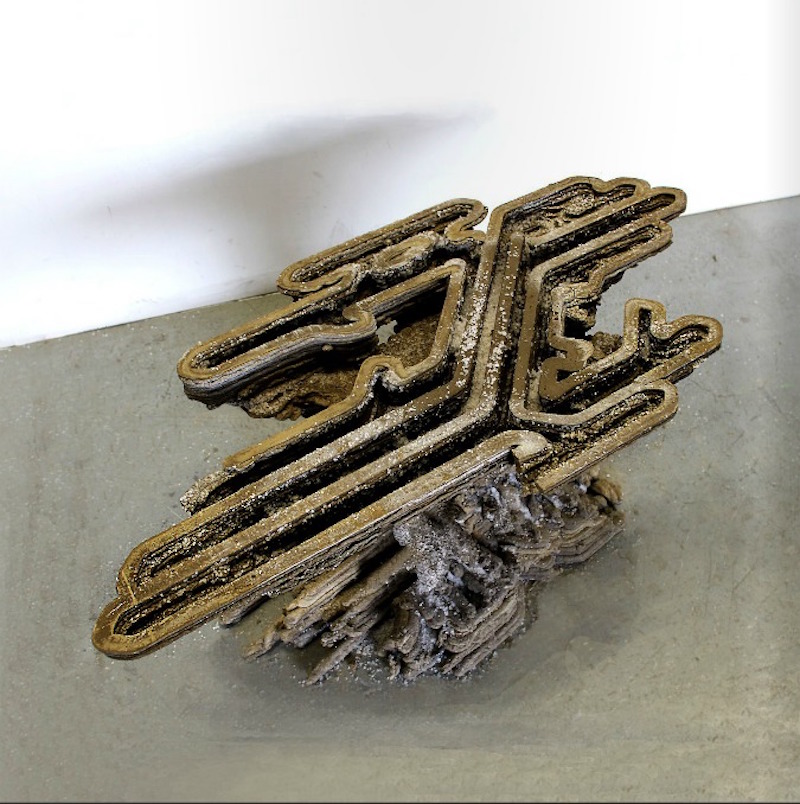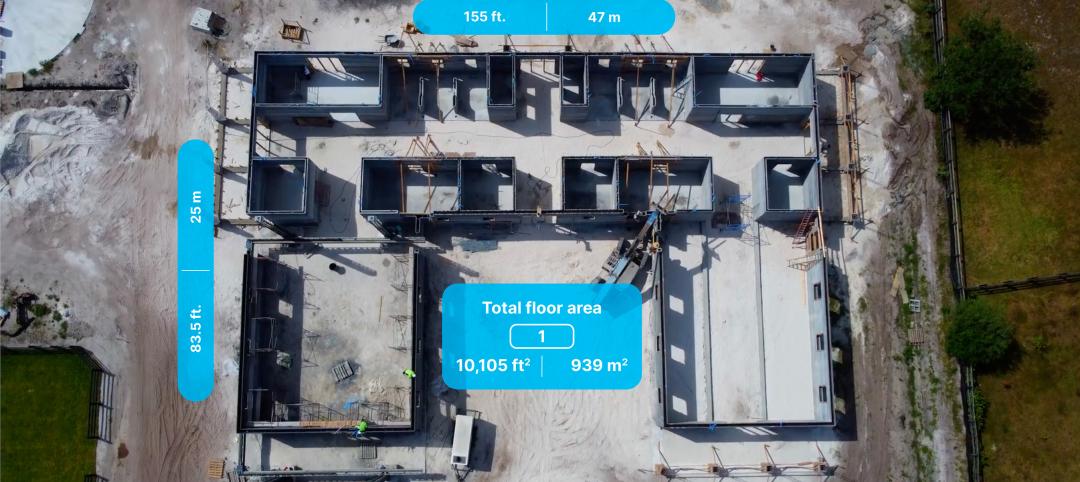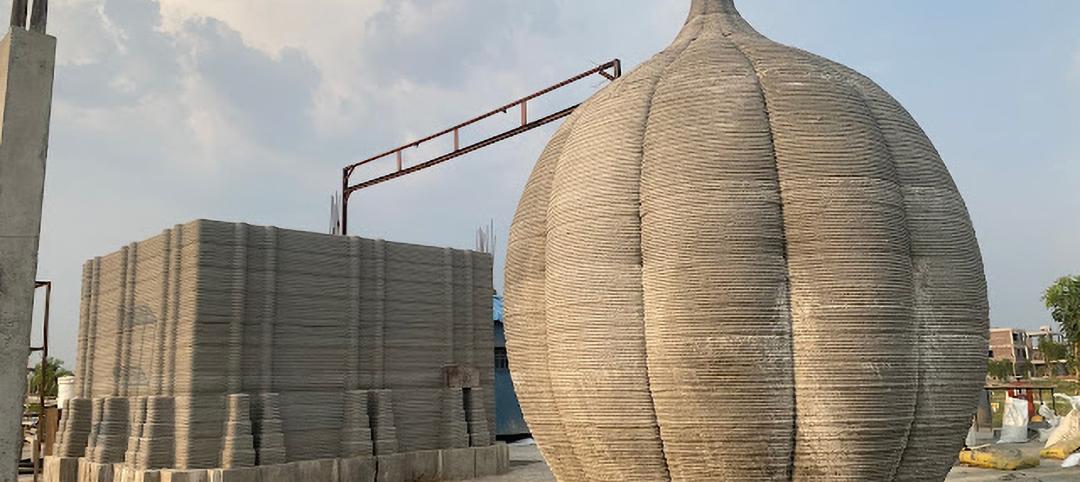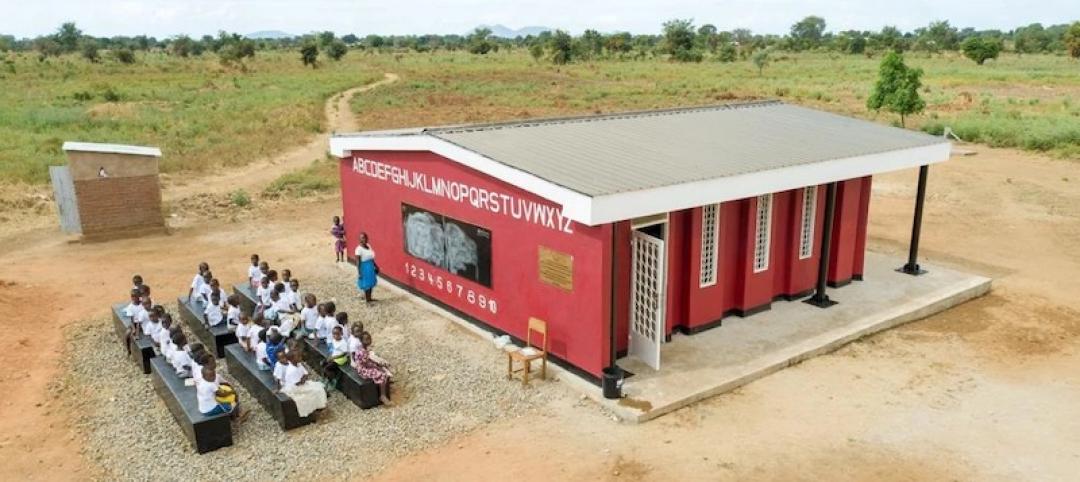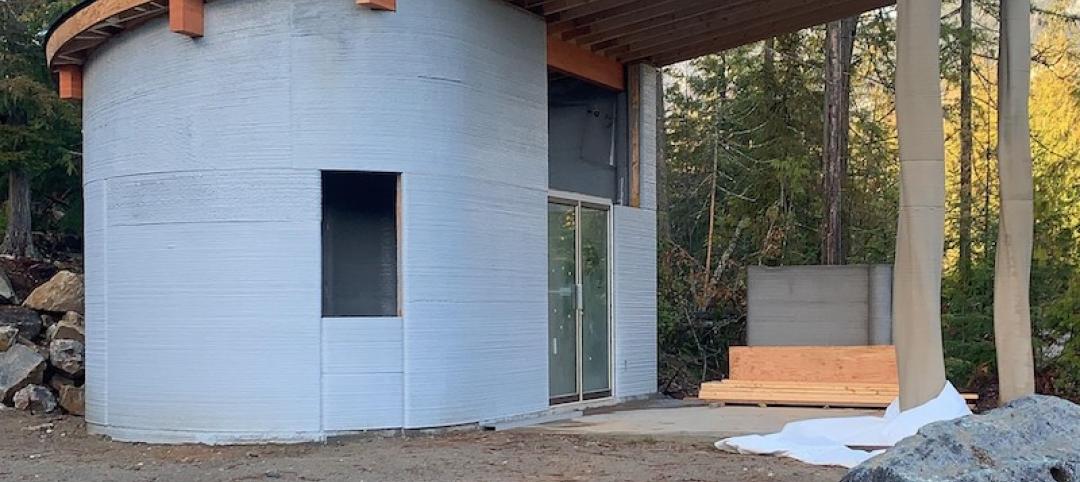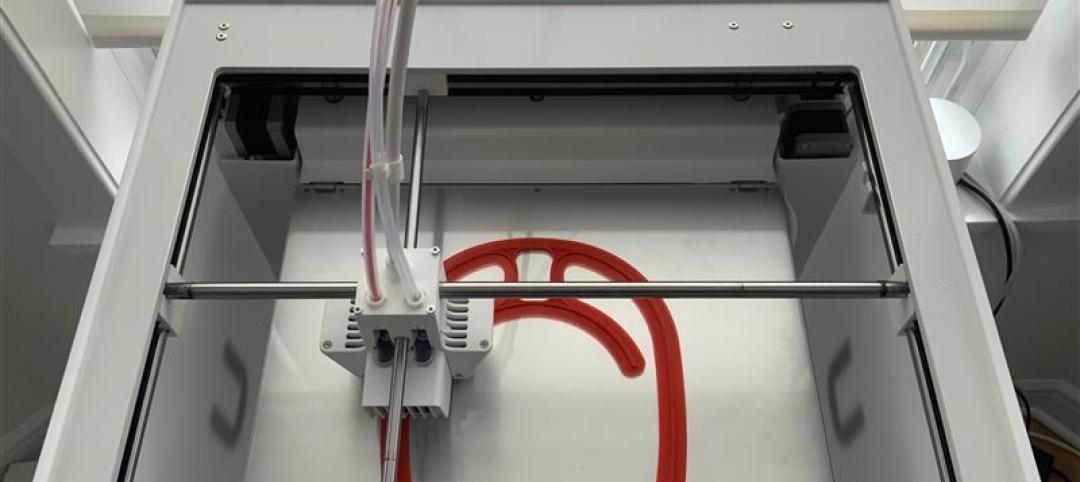The 3D printer has been the “It” piece of technology for the past couple of years. From creating useful little trinkets around the house like doorstops, drink coasters, and tablet stands, to more complex items like showerheads, platform jacks, and articulated lamps, the 3D printer is quickly shedding its label as a novel piece of technology and transforming into something much more useful and important.
For example, if the astronauts aboard the International Space Station require a tool they don’t have, the $10,000 per kilogram price tag attached to launching something into orbit precludes them from just sending one up. So, what do they do? They 3D print the tool they need, of course.
3D printers are advancing so quickly that Nike believes a future of 3D printed athletic shoes is not far off.
But what about the here and now? Recently, four Masters students from Bartlett School of Architecture developed a new method for 3D printing concrete structures. Their new method allows for these structures to be self-supporting and built on a larger scale than before.
The team, known as Amalgamma, is made up of Francesca Camilleri, Nadia Doukhi, Alvaro Lopez Rodriguez, and Roman Strukov. Their project, Fossilized, combines two methods of concrete 3D printing, according to ArchDaily.
Fossilized combines the extrusion printing method and the powder printing method, as the team explains in its portfolio.
“This combination of techniques has given rise to a form of supported extrusion, whereby the concrete is extruded layer-by-layer over a bed of support material,” Amalgamma writes. “Due to the support, the resulting extruded concrete is of a much higher resolution with larger overhangs than the results produced by the current practices studied.
“The support extrusion method has therefore presented the opportunity to design forms that are more varied and more volumetric, as opposed to the very straight vertical forms so far achieved in practice.”
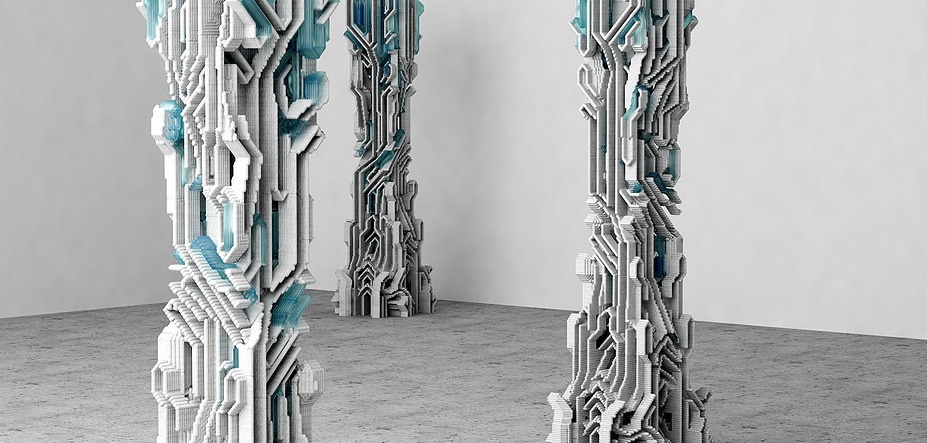 Image: © Amalgamma
Image: © Amalgamma
Amalgamma goes on to say that while it still might not be possible to print an entire structure from start to finish, something like a floor-wall-ceiling assembly or a stair-floor-wall assembly printed as one whole piece could very well be possible with this method.
Most 3D printing processes that are used today for construction print large pieces and then bring them to the construction site to be assembled. This is due to the fact that creating an entire building at once would mean that the 3D printer would need to be larger than the building it was constructing.
Here is how the Fossilized process works: concrete is extruded from a robotic arm one layer at a time and is laid over a bed of granular support material, which is deposited by a second tool on the same robotic arm. Then, a binder is incorporated to harden pieces of the granular support. This produces a multi-material piece.
Once the model is printed, it then needs to be extracted from the bounding box. When it is dry enough, the bounding box, as well as the support material, is removed. The model is then cleaned with compressed air and moved to a ventilated area to harden.
The next step Amalgamma will be working on is to integrate multiple materials into the printing process and combine the granular support with the printed concrete.
Related Stories
3D Printing | Jun 20, 2023
World's largest 3D-printed building completed in Florida
Printed Farms, known for completing Florida’s first permitted 3D-printed house in Tallahassee, announces the completion of the world’s largest 3D-printed building: a luxury horse barn.
3D Printing | Jun 1, 2023
World's first 3D-printed place of worship being built in India
The 3D-printed temple is set to embark on an architectural revolution in the Nation.
3D Printing | May 12, 2023
World’s first 3D-printed medical center completed
3D construction printing reached new heights this week as the world’s first 3D-printed medical center was completed in Thailand.
Sustainability | May 1, 2023
Increased focus on sustainability is good for business and attracting employees
A recent study, 2023 State of Design & Make by software developer Autodesk, contains some interesting takeaways for the design and construction industry. Respondents to a survey of industry leaders from the architecture, engineering, construction, product design, manufacturing, and entertainment spheres strongly support the idea that improving their organization’s sustainability practices is good for business.
3D Printing | Apr 11, 2023
University of Michigan’s DART Laboratory unveils Shell Wall—a concrete wall that’s lightweight and freeform 3D printed
The University of Michigan’s DART Laboratory has unveiled a new product called Shell Wall—which the organization describes as the first lightweight, freeform 3D printed and structurally reinforced concrete wall. The innovative product leverages DART Laboratory’s research and development on the use of 3D-printing technology to build structures that require less concrete.
3D Printing | Jan 12, 2022
Using 3D-printed molds to create unitized window forms
COOKFOX designer Pam Campbell and Gate Precast's Mo Wright discuss the use of 3D-printed molds from Oak Ridge National Lab to create unitized window panels for One South First, a residential-commercial high-rise in Brooklyn, N.Y.
AEC Tech Innovation | Oct 7, 2021
How tech informs design: A conversation with Mancini's Christian Giordano
Mancini's growth strategy includes developing tech tools that help clients appreciate its work.
3D Printing | Jun 29, 2021
The world’s first 3D printed school completes in Malawi, Africa
A COBOD BOD2 printer was used to create the building.
3D Printing | Nov 27, 2020
The Fibonacci House: A test case of 3D construction printing
The Fibonacci House, which we have named after Leonardo Fibonacci, the medieval Italian mathematician, illustrates the potential of 3DCP and demonstrates how a complex design and challenging logistics can be solved through pragmatic planning and 3DCP technology.
Coronavirus | Apr 15, 2020
3D printing finds its groove fabricating face shields during COVID-19 crisis
The architecture firm Krueck + Sexton is producing 100 shields for a Chicago-area hospital.


